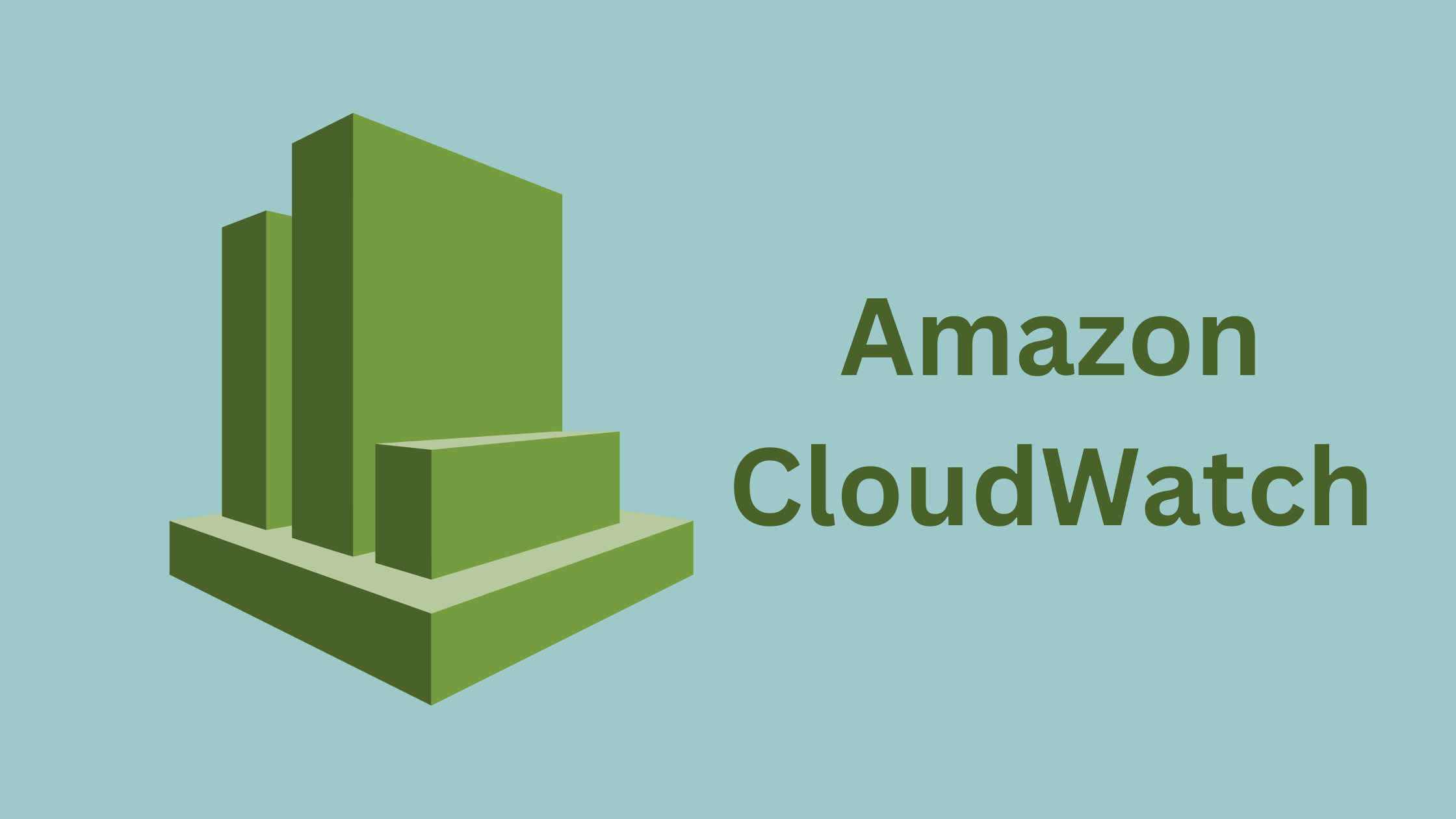Understanding AWS CloudWatch
 Sohag Hasan
Sohag Hasan
Understanding Amazon CloudWatch: Your Home's Smart Monitoring System in the Cloud
Imagine you just moved into a smart home. You have sensors that tell you when doors are opened, how much electricity you're using, and if the temperature is too high. That's exactly what Amazon CloudWatch does for your applications in AWS – it's your all-in-one monitoring system for your cloud resources.
What is CloudWatch?
CloudWatch is like having a super-attentive building manager for your cloud applications. Just as your smart home system alerts you when something's wrong, CloudWatch keeps an eye on your AWS resources and applications, collecting data and sending alerts when needed.
Real-World Examples
Monitoring Like a Smart Fridge
Think about a modern refrigerator that tracks temperature and sends alerts to your phone if it gets too warm. CloudWatch does the same for your servers – if a server starts running too hot (high CPU usage) or is running out of space, it'll notify you before your ice cream melts (or before your application crashes).
Utility Bills Tracking
Just like you monitor your monthly water and electricity usage, CloudWatch tracks your AWS resource consumption. It helps you understand patterns – like knowing you use more electricity during dinner time, CloudWatch shows you when your application gets the most traffic.
Key Features
Metrics
Like checking your smart watch for steps, heart rate, and sleep quality, CloudWatch collects various metrics from your applications:
CPU usage (how hard your server is working)
Memory usage (how much information it's juggling)
Network traffic (how many visitors you're getting)
Alarms
Similar to setting a burglar alarm at home, you can set CloudWatch alarms to alert you when something needs attention. For example, if your website starts responding slowly, you'll get notified immediately.
Logs
Just as your smart doorbell keeps a video history of visitors, CloudWatch keeps detailed logs of everything happening in your applications.
Pro Tip: Getting Laravel Logs from ECS to CloudWatch
Here's a handy trick for Laravel developers using Amazon ECS. To send your Laravel application logs to CloudWatch, you just need to make a simple configuration change. Here's how:
- First, in your Laravel
.envfile, set:
LOG_CHANNEL=stderr
- In your ECS task definition, ensure logging is configured:
{
"logConfiguration": {
"logDriver": "awslogs",
"options": {
"awslogs-group": "/ecs/your-app-name",
"awslogs-region": "your-region",
"awslogs-stream-prefix": "ecs"
}
}
}
This setup makes Laravel write logs to stderr, which ECS automatically forwards to CloudWatch. It's like setting up your smart home devices to all report to one central app – everything's in one place!
Getting Started
Starting with CloudWatch is like setting up your first smart home device:
Log into your AWS Console
Navigate to CloudWatch
Start with basic metrics that AWS collects automatically
Gradually add more specific monitoring as you learn what's important for your application
Best Practices
Don't monitor everything at once. Start with the basics, like CPU and memory usage.
Set up meaningful alerts – like getting a notification when your website's error rate exceeds normal levels.
Keep your logs organized by using logical naming conventions.
CloudWatch might seem overwhelming at first, but think of it as your application's fitness tracker – it's there to help you keep everything healthy and running smoothly. Start small, learn from the data you collect, and gradually expand your monitoring as your needs grow.
Remember, just as you wouldn't want to run a smart home without any monitoring, you shouldn't run cloud applications without CloudWatch keeping an eye on things. It's your 24/7 digital superintendent, making sure everything runs smoothly while you focus on building great applications.
Subscribe to my newsletter
Read articles from Sohag Hasan directly inside your inbox. Subscribe to the newsletter, and don't miss out.
Written by

Sohag Hasan
Sohag Hasan
WhoAmI => notes.sohag.pro/author